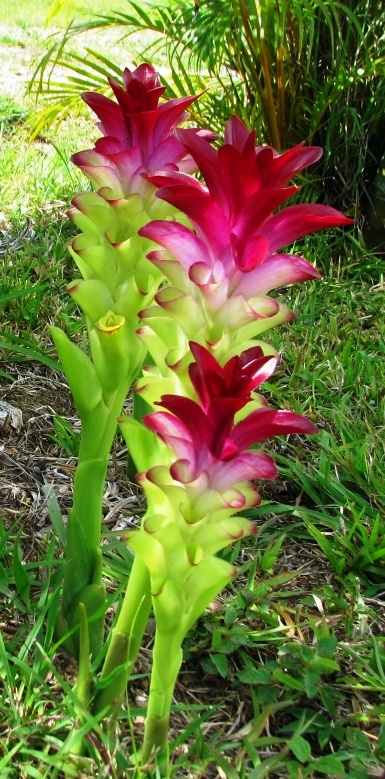
Osteoarthritis, possibilities with polyphenols
Osteoarthritis is the most common joint disease in seniors. The current regular medication only manages to ease the pain, but in the course of the disease, she changes little. Is there anything to do with herbs and dietary supplements?Do polyphenols from different plants offer safe and effective treatment?
Curcuma
So far, turmeric has the best cards in its hands. Turmeric extracts and curcuminoids possess versatile anti-inflammatory properties that proved to be effective in clinical trials with humans. One study even reported an equally greater effectiveness than ibuprofen. Other studies showed an increase in joint mobility.
With other polyphenols, almost no human studies have been performed, but a wide range of in vitro experiments appear to have been carried out.
Resveratrol (peel of grapes, berries, Japanese knotweed)
- prevention of mechanisms that trigger “suicide” of cartilage cells
- inhibition of NFΚB
- decrease in COX2 and proteins that break down matrix, structure bone system
- protection of the main cartilage proteins
EGCG (green tea)
took care of
- reduction of inflammation (NO, PGE2, COX2, INOS, IL-8,) by inhibition of MAPK, AP1, JNK
- inhibition of NFΚB in cartilage cells
- protection against destruction of cartilage matrix
- stimulation of anabolic pathways and increase collagen production.
Polyphenols from orange peel
A clinical study has been conducted using a combination of orange peel extract and from the bark of the AMUR cork tree (polymethoxyflavones and berberberine) in patients suffering from knee osteoarthritis. After 8 weeks, the extract improved joint pain and reduced inflammation (including C-reactive protein).
Pomegranate
Pomegranate is rich in polyphenols both qualitatively and quantitatively: prodelfinidin (tannin with gallocatechin as part), punicalagine, anthocyanins.
- anti-inflammatory via COX2 and MAPK-kinase-3
- increase in cartilage elements: matrix proteins, proteoglycans and collagen
Soy Genistein
The isoflavones are always linked to their phytoestrogenic activity, but this phytoestrogenic activity also affects the cartilage and can prevent degradation in menopause.
Conconclusion
In coarse lines, the listed polyphenols have anti-inflammatory, anabolic (anti-catabolic) and antioxidant effects. The precise mechanisms can be very different from polyphenol to polyphenol, and from it they give their strength. A select group of polyphenols is expected to provoke a wide range of biochemical effects (synergy). Because in the West there is hardly any research on synergistic interactions (only for isolated molecules), we can make some use of Eastern medical systems such as Ayurveda and TCM. Polyphenols are safe and can be used together with regular medication.
Sources and references
Shen CL, Smith BJ, Lo DF et al. Dietary polyphenols and mechanisms of osteoarthritis. J Nutr Biochem 2012 Nov; 23 (11) :1367-77
#Curcuma #granaatappel #fenolen #genisteine #mauriceherborist
- Comments (0)
- Recommended
- Milestones
Here are your recommended items...
Here are your milestones...




